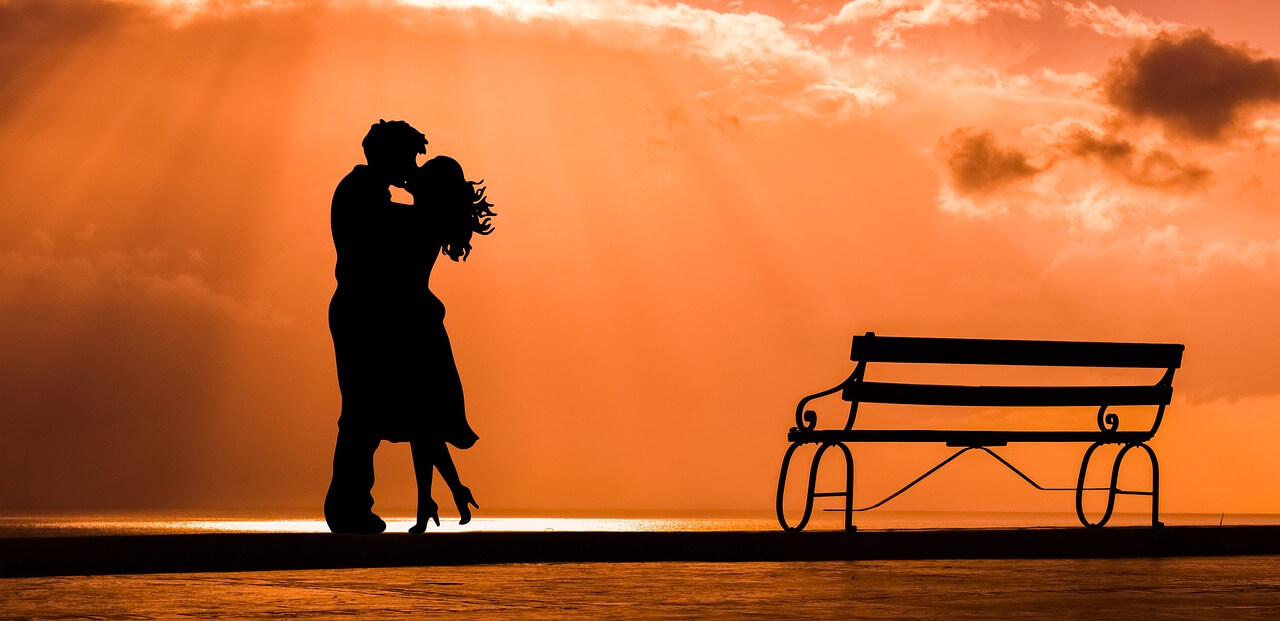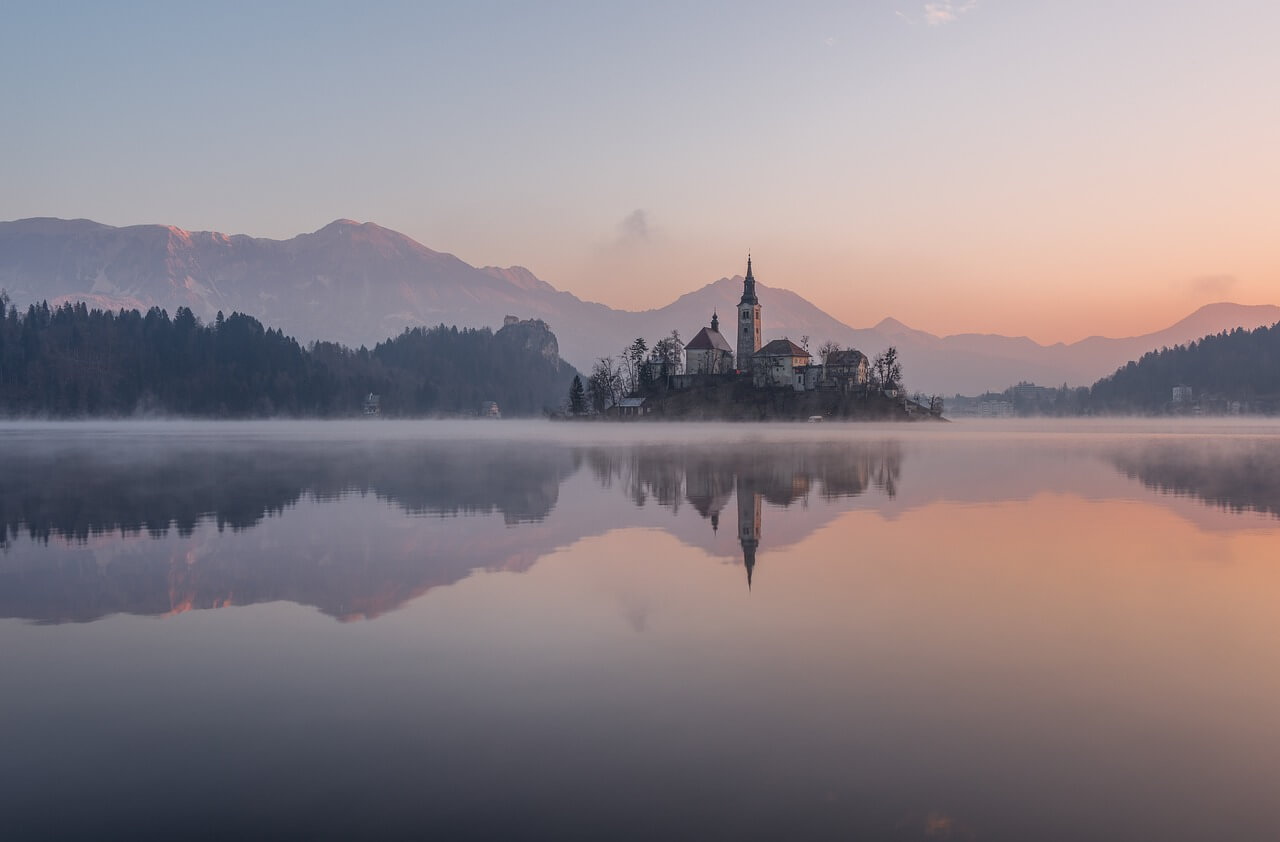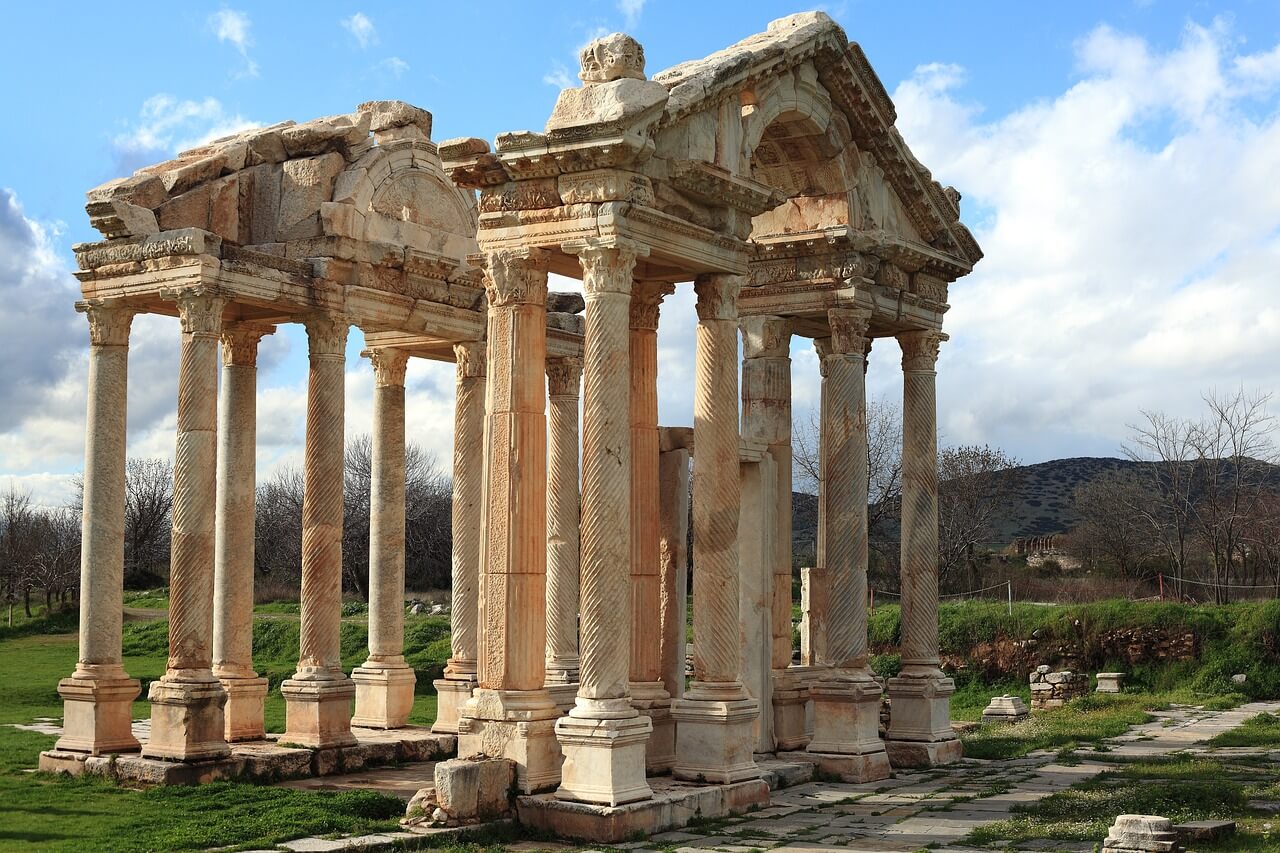When Disney created the kiss that breaks a spell, this became interwoven into the fairy tale genre in a way that cannot be separated.
The kiss is a cure-all in Disney tales, but is not rooted in many of the original renditions. There are often multiple versions of fairy tales that have been written in different cultures and time periods. One version of the Sleeping Beauty tale, by the Grimms’ Brothers, includes a magical kiss. In other versions, she is awakened by the proximity of the prince approaching her. In one version she is even raped by her fated partner and still does not awaken from her enchanted sleep. Disney latched onto the magic kiss and adopted it into the Snow White tale type, which does not involve a kiss awakening that princess. In the literary versions of Snow White the poised apple is dislodged from her throat when she is being transported in her glass coffin on the bumpy wooded trail.
In the television series Once Upon a Time, which is based on the Disney versions of fairy tales, the kiss becomes a cure-all and is used to break almost any curse. It is utilized between lovers or parents and children; wherever there is true love, the kiss will break the curse, with a few exceptions to make the storyline interesting for six seasons.
When fairy tales are reduced to simplicity then they lose the substantive impact. Using a kiss as the way to break spells limits the creativity that older fairy tales gave us. In utilizing the kiss as the ultimate curse-breaker the Disney versions reduce the heroes to lovers. This is one of the classic criticisms of the Disney films. If life is only about marriage and finding true love what does that give our modern culture? In order to redeem fairy tales I think we need to re-visit them.
We can re-write them of course, and plenty have, but we also need to look at what else is out there printed centuries ago by the remarkable writers both male and female. The Italian fairy tale writer, Giambattista Basile, has written a massive collection of stories that are not suitable for young audiences (much like some of Chaucer’s Canterbury tales are more adult-oriented). However, his tales are rich in imagery and creative storylines. We can learn from his versions of tales more about his life and culture from the turn of the 17th century.
Fairy tale protagonists can undergo unbelievable journeys before finding their happiness. The reality of life, prior to our modern era, means that women did need to marry in order to achieve security. Many marriages in past centuries were arranged by parents and were business affairs. This does not mean that many people found happiness in marriage, the expectations were not what we think of today. There were few opportunities for women to live a single life and those who did, spinsters, were often poor and worked very hard for their bread. Marriage came with responsibilities but also an amount of freedom that single women could not afford. As we see in fairy tales, the idea of marriage for love was a dream that women kept alive. Like today, women of any century fantasized about suddenly becoming a princess and marrying a devout and adoring husband. I believe we know enough about humanity and history to know that this dream was seldom a reality, but it was a fantasy that culture kept alive through the telling of tales.
When analyzing fairy tales from a Jungian perspective we can liken the marriage union to the union of the Self. The characters in fairy tales are often not fully enfleshed individuals and that is on purpose–because the characters are examples of aspects of one individual. Similar to the analysis of dreams where the various characters are all different parts of the dreamer. In this sense the marriage at the culmination of the fairy tale journey is a uniting of the different parts of the protagonist–one person.
Is it possible that writers centuries ago grasped this concept of the union? Of course! We often think that the average person for centuries was simply trying to stay alive as best they could. This is a gross understatement of humanity. As today there are people with varied interests, talents, and intelligence–so too has that always been the case. Philosophy, after all, has been around since Ancient Greece.
Let us not assume that the classic fairy tales we know are the whole story of the fairy tale genre. Let us not assume that the surface of a fairy tale transformation is limited to a kiss, or a prince, or a fairy godmother. Let us expand our understanding of the fairy tale genre and use our creativity to imagine that the fairy tale is more than it seems. It is not only about love or prosperity. Fairy tales are about all of life–the joys and sorrows. Fairy tales are about reconciling the opposing aspects of ourselves. Fairy tales are about the transformation from childhood to adulthood.
The right kiss–at the right time–can cure loneliness–but that’s not all there is to fairy tales. 





